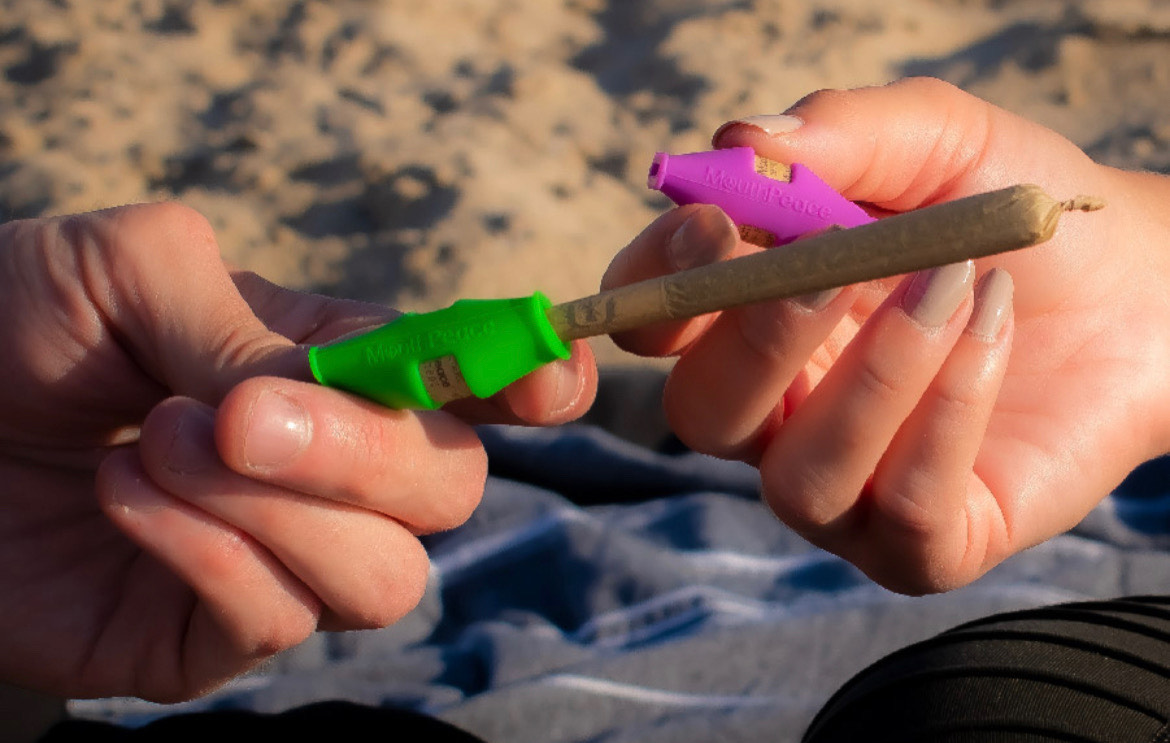StupidDOPE LLC (or “stupidDOPE") announced today the launch of an in-house brand marketing, content distribution and big data advertising agency serving the Cannabis and CBD industry. With a focus on big data and content distribution partnerships within the cannabis industry, the lifestyle brand will help companies intelligently target and engage in-market Cannabis and CBD shoppers.
stupidDOPE delivers social media, photo and video, press trips, media buys, influencer marketing, and experiential event strategies since 2008. Its custom-built digital marketing campaigns are powered by a patented algorithm that delivers personalized content on behalf of 200M+ mobile users in the U.S. stupidDOPE’s in-depth experience in the Cannabis and CBD industry provides insight into reaching shoppers, while meeting certified corporate and regulatory compliance standards.
“Major advertising channels, including Google and Facebook, continue to shut down digital Cannabis and CBD campaigns in response to the complex regulatory market in the U.S.,” said LeVar Thomas, co-founder, stupidDOPE.
“At stupidDOPE, we are solving this dilemma for Cannabis, CBD brands and retailers who need to reach new customers without access to the most popular digital marketing channels available.”
Founded in 2008, stupidDOPE brings together a massive audience and top tiered content distribution partnerships with its lifestyle destination, sharing the latest in video, music, travel, culture, fashion, art and more. The company has worked with Fortune 100 companies and global brands, including AT&T, Harley-Davidson, Sony Entertainment Network, Frito-Lay, Topgolf USA, State Farm, M&M’s Racing, Nissan and many more. A Google, Bing, and Apple News publisher, stupidDOPE delivers timely content on trending topics, infused with unique advertising opportunities and custom created content.


